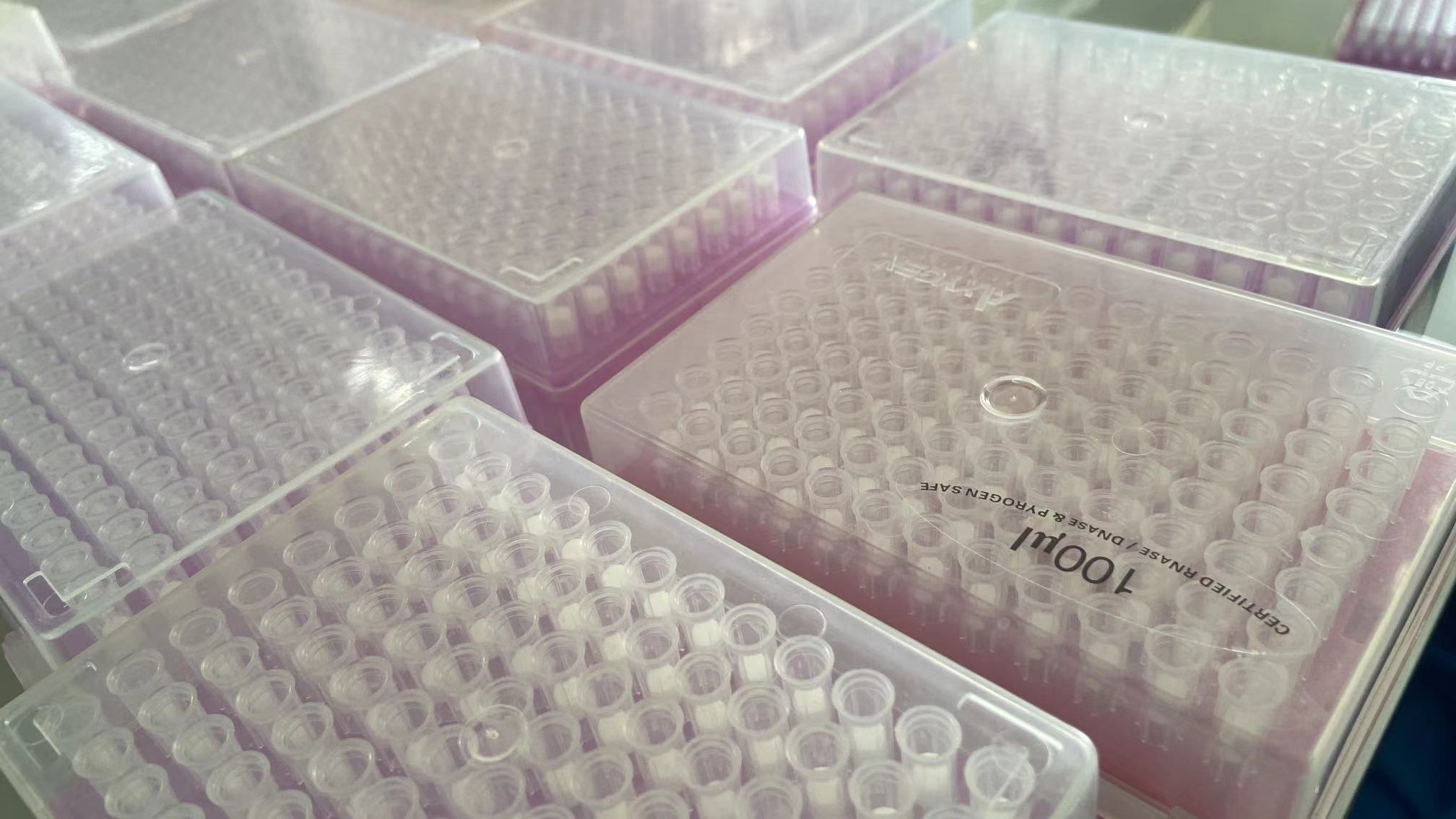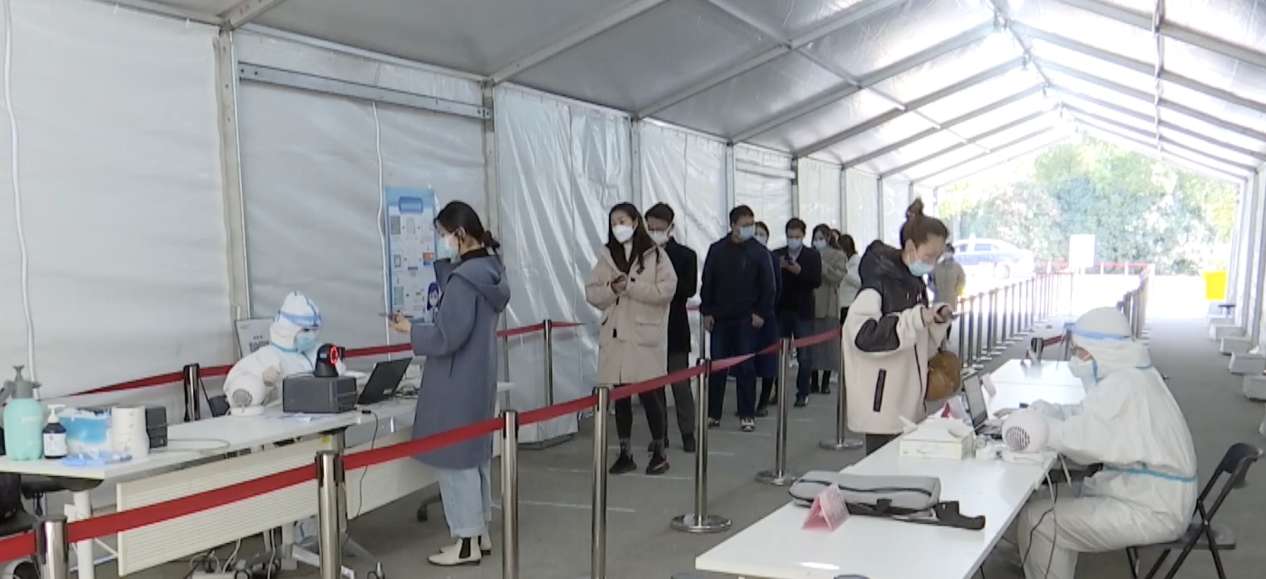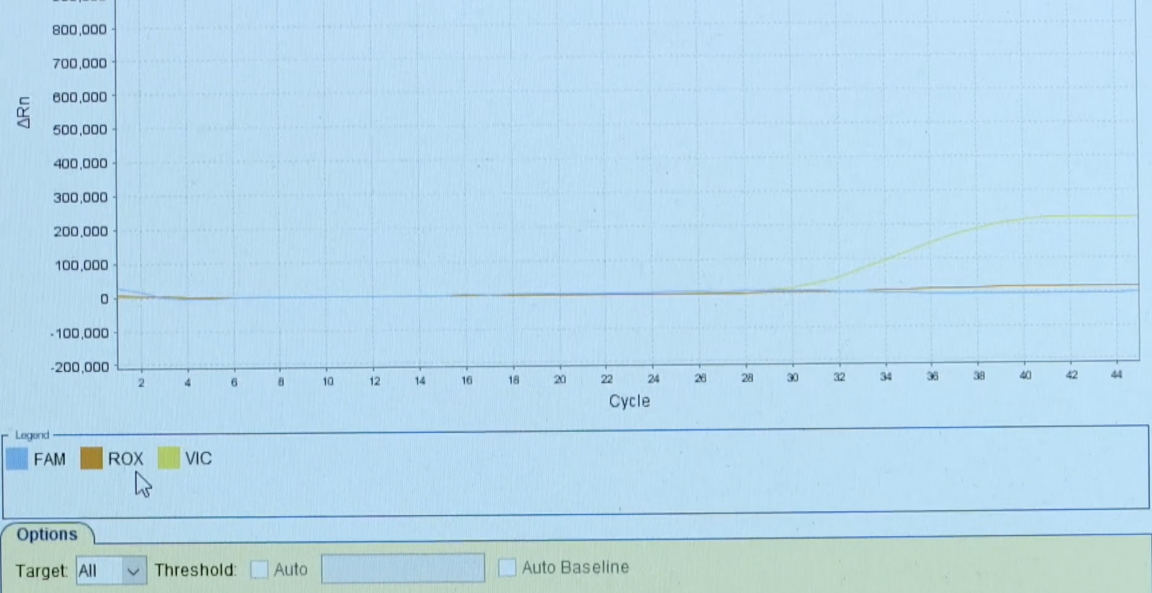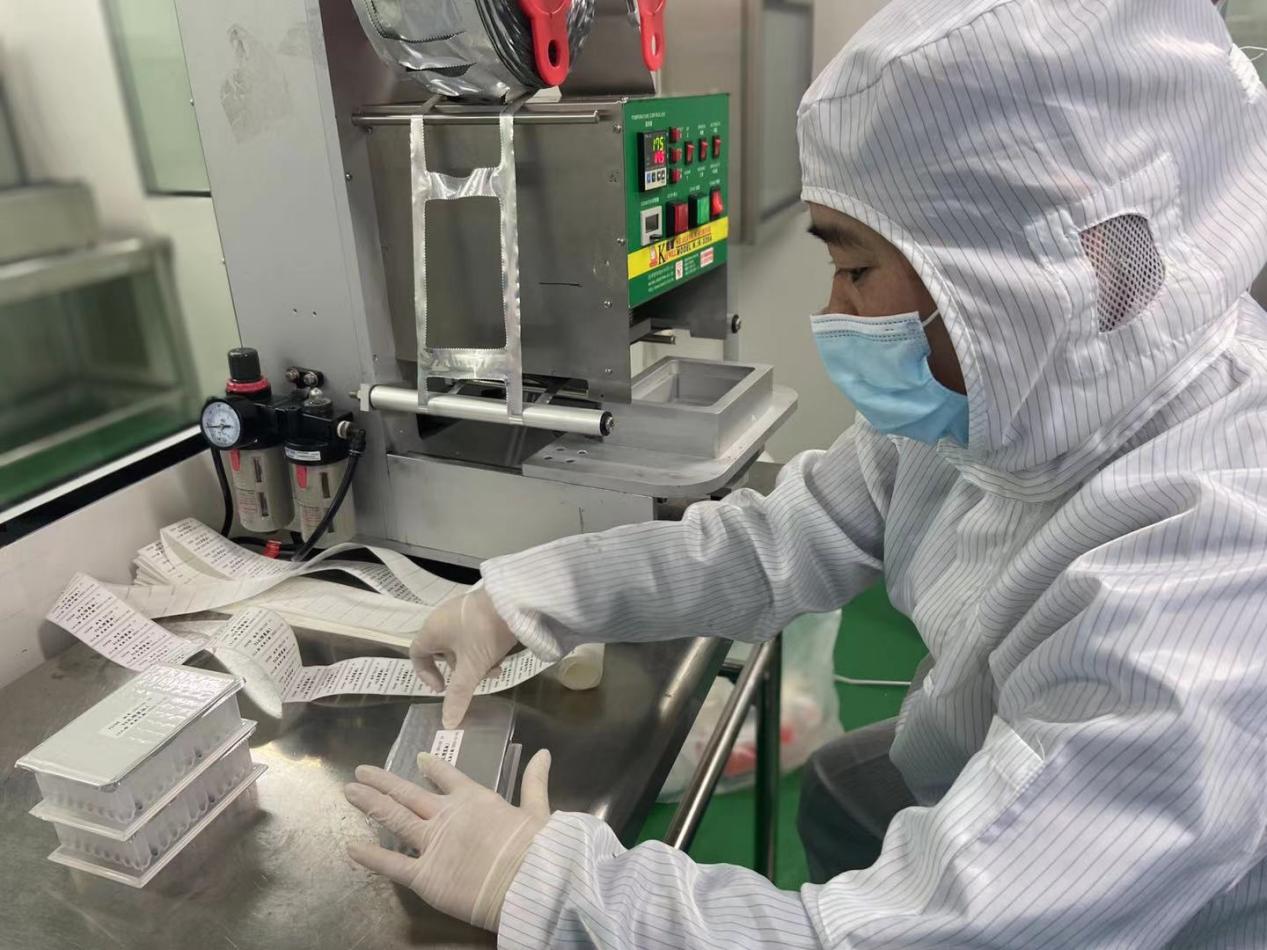02:40

In China, as in many other parts of the world, the demand for coronavirus testing has surged in the past year. Clinics and medical firms have drastically expanded their capacities to meet the demand.
The need for COVID-19 tests has sharply increased in February, when hundreds of millions of trips are made during the Chinese Lunar New Year holiday, ranging from January 28 to March 8.
China's capacity for nucleic acid testing during the Spring Festival holiday has been upgraded to 16 million a day – an 11-fold increase on last year – according to the National Health Commission.

People line up to register for nucleic acid tests in Shanghai after the Chinese Lunar New Year. /CGTN
People line up to register for nucleic acid tests in Shanghai after the Chinese Lunar New Year. /CGTN
Analysts estimate the industry in China, consisting of hospitals, third-party testing institutions and test kits manufacturers, could rake in about $23.2 billion during the 2021 Chinese Lunar New Year travel period.
PCR is the most common testing method
CGTN visited Shanghai Kingmed Diagnostics, one of the country's top three third-party nucleic acid testing companies, on the first working day after the week-long holiday.
The lab operations director of the company, Xu Yubing, told us the company selects two targets of the virus through polymerase chain reaction (PCR), which is the most widely applied method for testing. It currently takes about three hours to get the results on average, but the technology is still maturing.

Two targets of the coronavirus' RNA, including N (FAM) and OFRlab (ROX), are selected to indicate virus infection. /CGTN
Two targets of the coronavirus' RNA, including N (FAM) and OFRlab (ROX), are selected to indicate virus infection. /CGTN
"Both lines indicate the targets we get from the virus are flat, which means it's negative. If either of them forms a curve, it means the patient is infected with the coronavirus," Xu said.
Xu added that PCR is a method widely used to rapidly make millions to billions of copies of specific RNA or DNA samples, allowing scientists to take a very small sample and amplify it to a large amount in a short period of time to study in detail.
Concerns about DNA collecting
GlobalData, a leading data and analytics firm, forecasts the COVID-19 PCR test market in China will reach a peak market value of $2 billion in 2022.
Chief among all the Chinese nucleic test kits manufacturers, BGI Group, the world's largest genomics company, has sold millions of COVID-19 test kits outside China since the pandemic began, including in Europe, Australia and the United States.
The massive levels of testing across the world have led to concerns that China may harvest bio-metric information such as DNA, a suggestion which BGI denied.
"BGI reiterates that its collaboration with universities and other research institutes around the world adheres to the highest expectations and requirements related to open science, data sharing and genomic research and benefits public health in the world community," according to a statement from BGI.

Lab staff make test kits for COVID-19 nucleic acid testing. /CGTN
Lab staff make test kits for COVID-19 nucleic acid testing. /CGTN
Experts told CGTN that DNA collecting involves a different procedure.
"After collecting the samples through throat swabbing, through cell lysis, we extract the pathogen's nucleic acid. DNA is not included. The detection results only include the information of virus RNA. For DNA detection, it has to go through DNA sequencing," said Xia Yi, deputy general manager at the R&D Center of Fosun Diagnostics.

